In a MySQL Database, I have two tables: Users and Items
The idea is that Users can create as many Items as they want, each with unique IDs, and they will be connected so that I can display all of the Items from a particular user.
Which is the better method in terms of performance and clarity? Is there even a real difference?
- Each User will contain a column with a list of Item IDs, and the query will retrieve all matching Item rows.
- Each Item will contain a column with the User's ID that created it, and the query will call for all Items with a specific User ID.
